Informs annual meeting 2014

University of Illinois
·
Bounded growth of the bullwhip effect under a class of nonlinear ordering policies
·
Zhaodong Wang
Joint work with
Xin Wang
Yanfeng Ouyang*
University of Illinois in Urbana-Champaign
Outline
- Background
- Methodology
- Numerical analysis
- Conclusion
Background
What is the bullwhip effect?
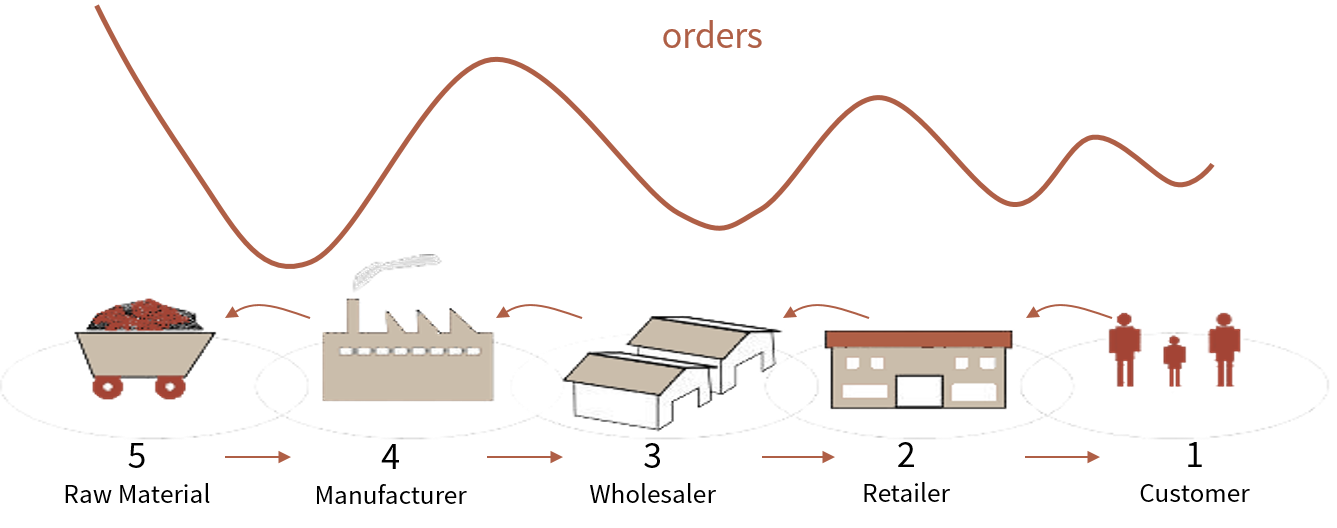
Stages
Upstream
Downstream
Product flow

Order flow

- "No.1 issue" at Supply Chain Service at HP (Callioni, 2003)
- 12.5%–25% extra costs, $30 billion potential benefits in the U.S. grocery industry (Lee et al., 1997a)
- Excessive upstream inventory and insufficient order fulfillment
Ordering policy
Optimal (Karlin, 1958)
Stage n
Stage n+1


Linear system

Frequency domain
Exponential
Frequency domain
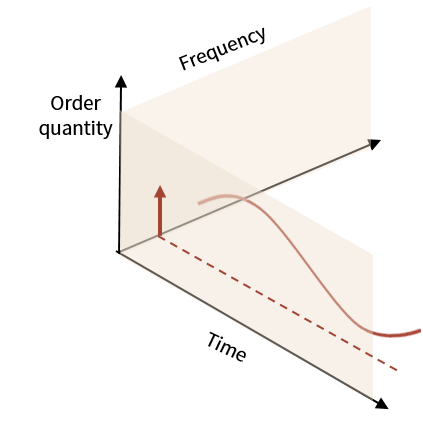

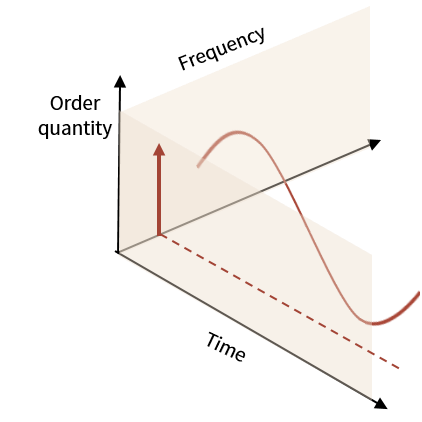
Disadvantage of linear approach

Linear
v.s.
Nonlinear (optimal)
- Not realistic. Real suppliers use nonlinear ordering policies.
- Not reasonable. The amplitudes shouldn’t go to infinity.
- Empirical observations. (Cachon et al., 2007)
Predict the trend and the bound under nonlinear policy
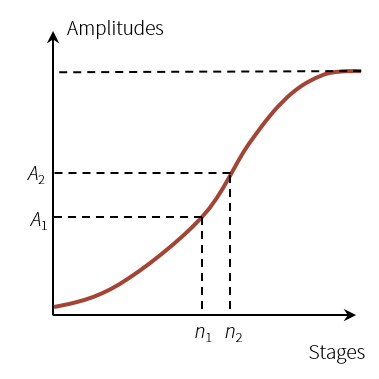
- Develop a integrated system-control framework
- Incorporate general nonlinear ordering policies
- Predict the fluctuation and the bound
- Provide managerial insights
Methodology
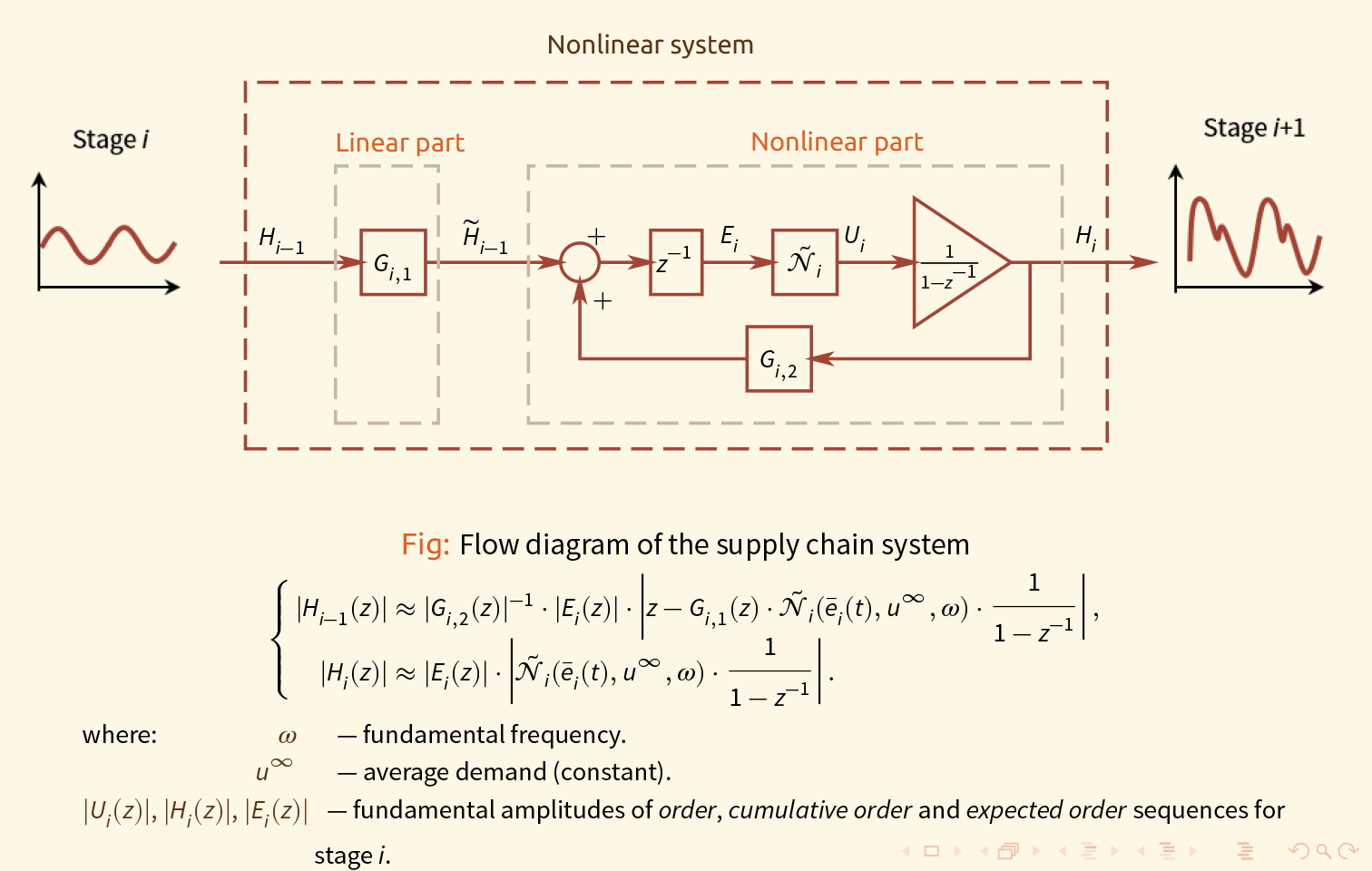
Steady state


Nonlinear system

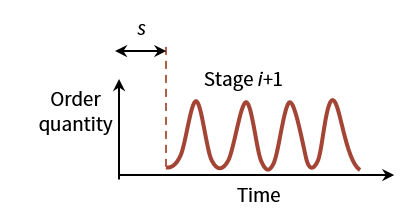
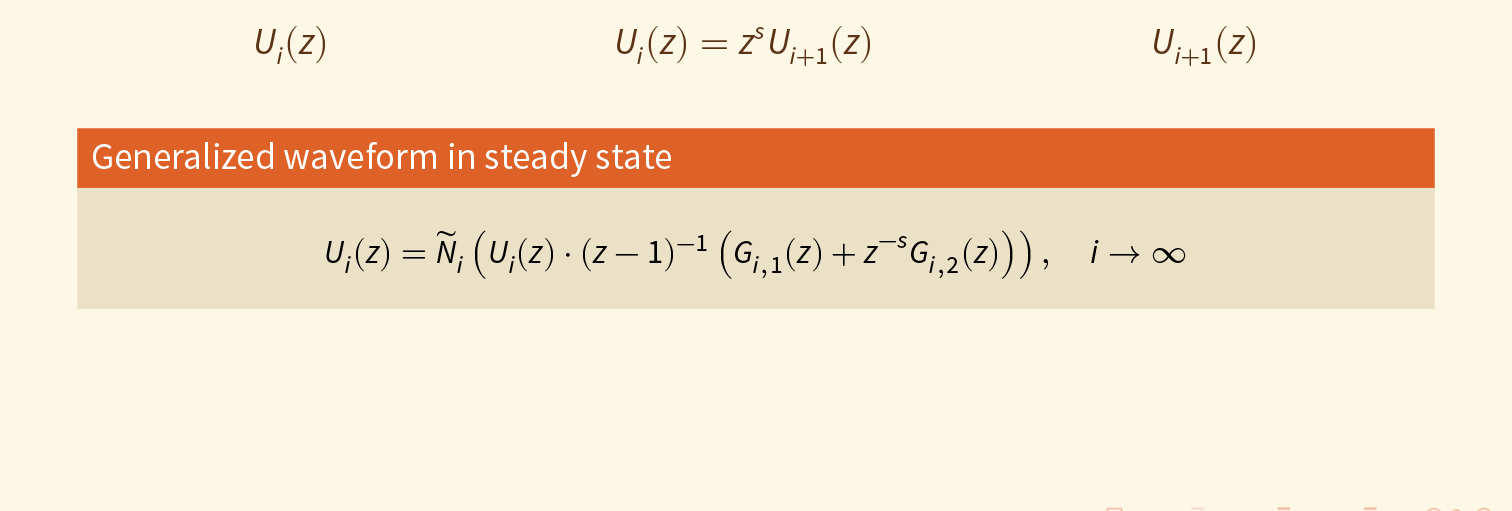
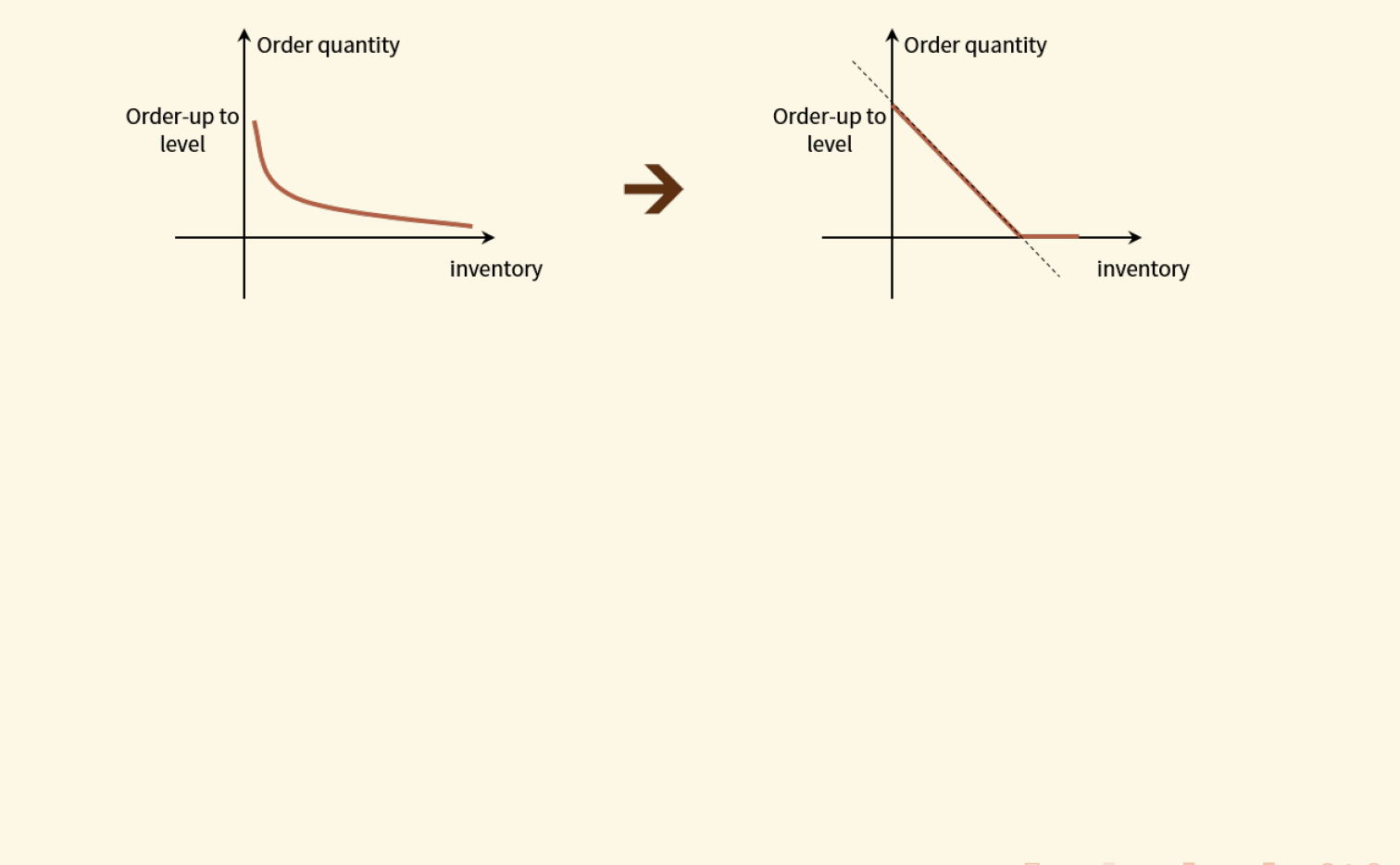
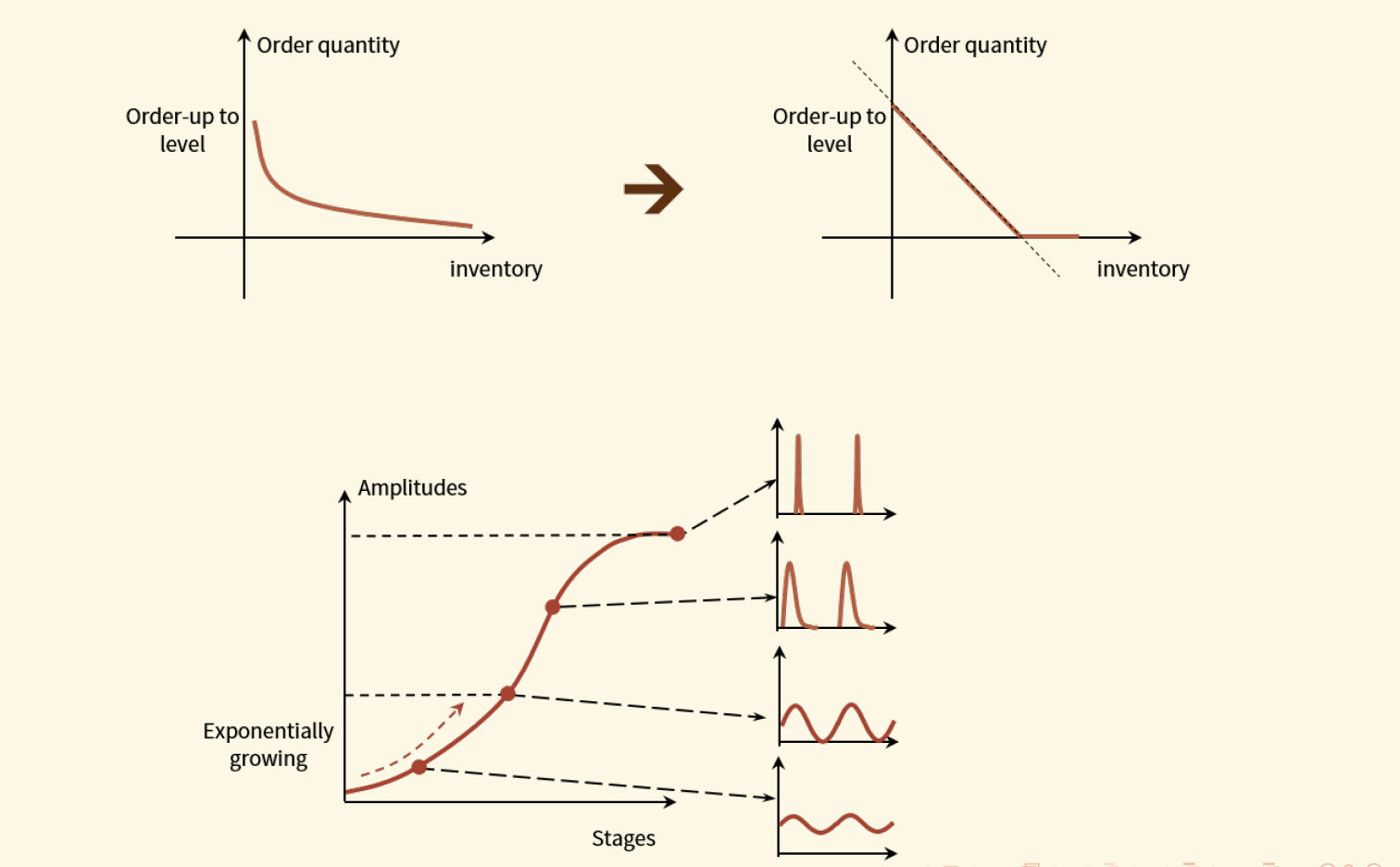
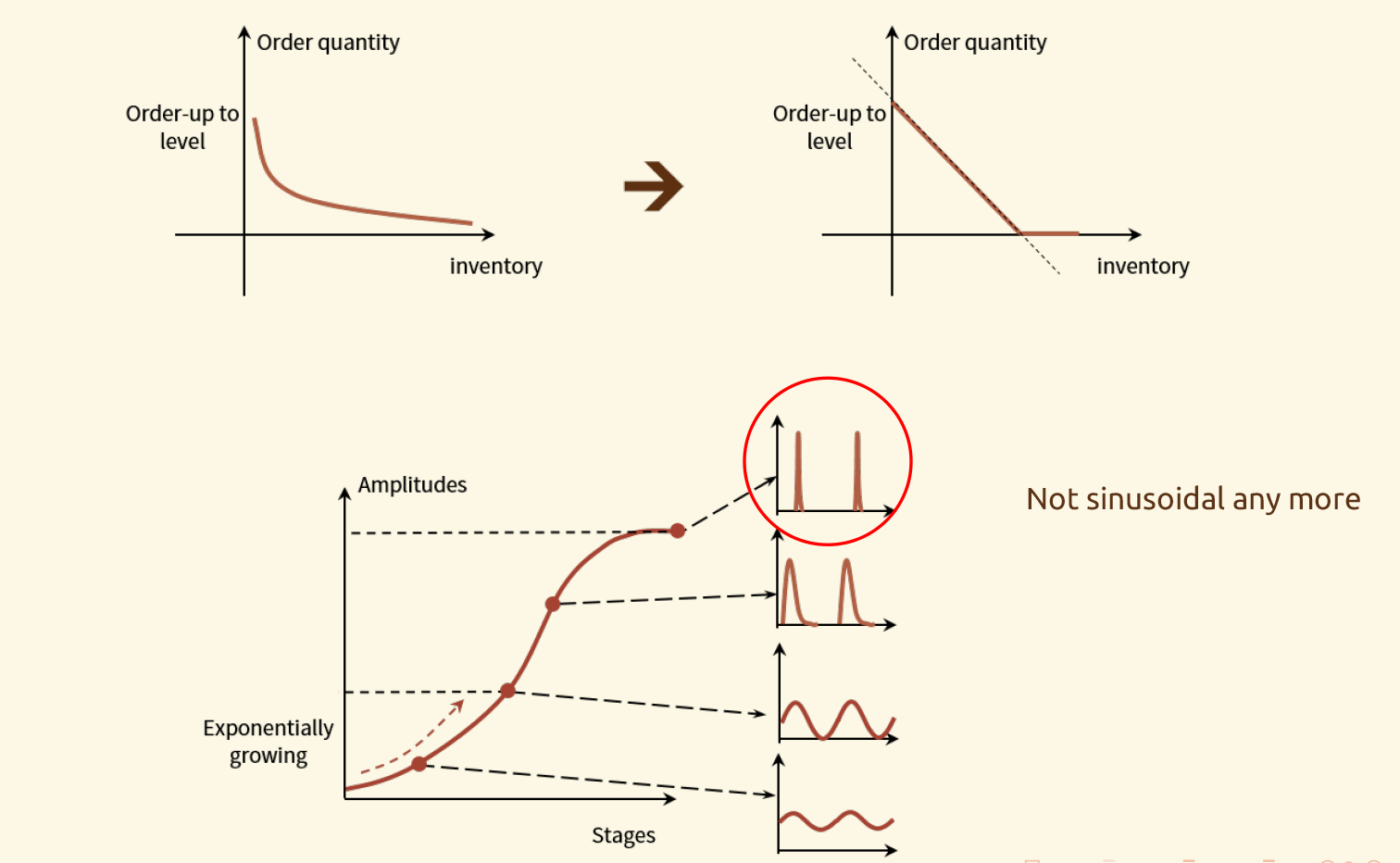
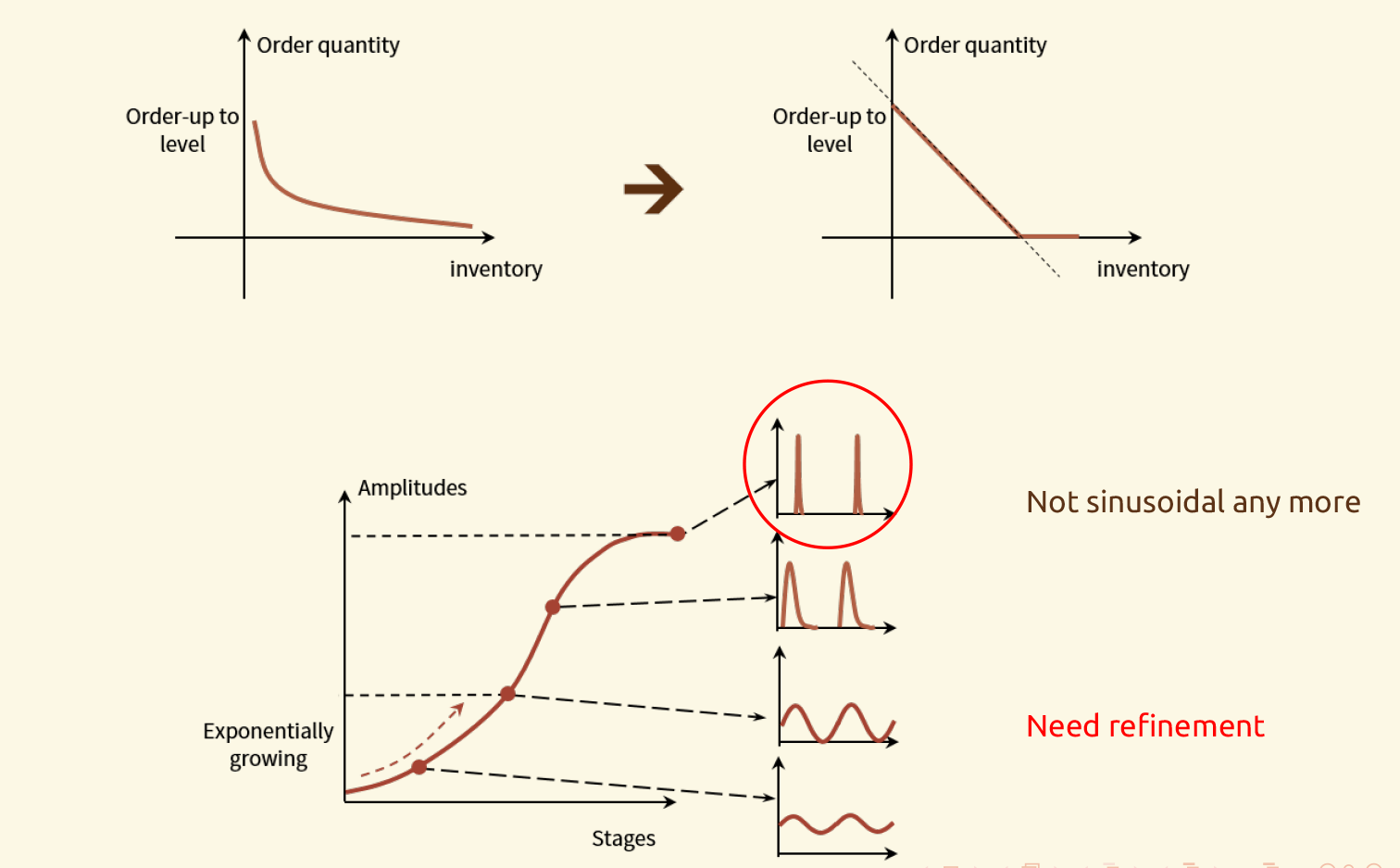










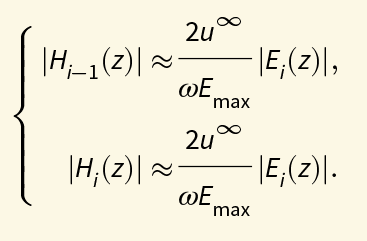

Numerical analysis
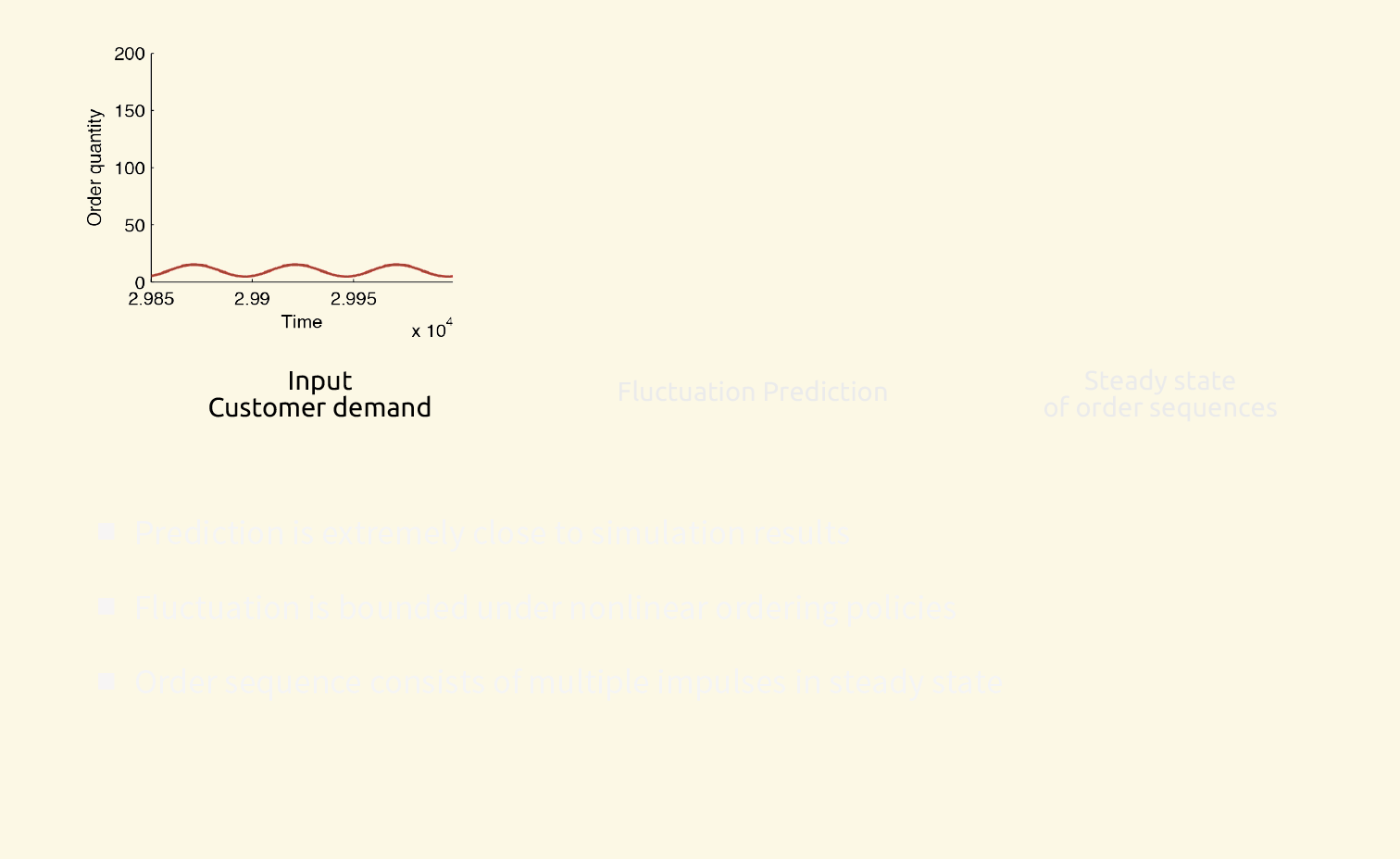
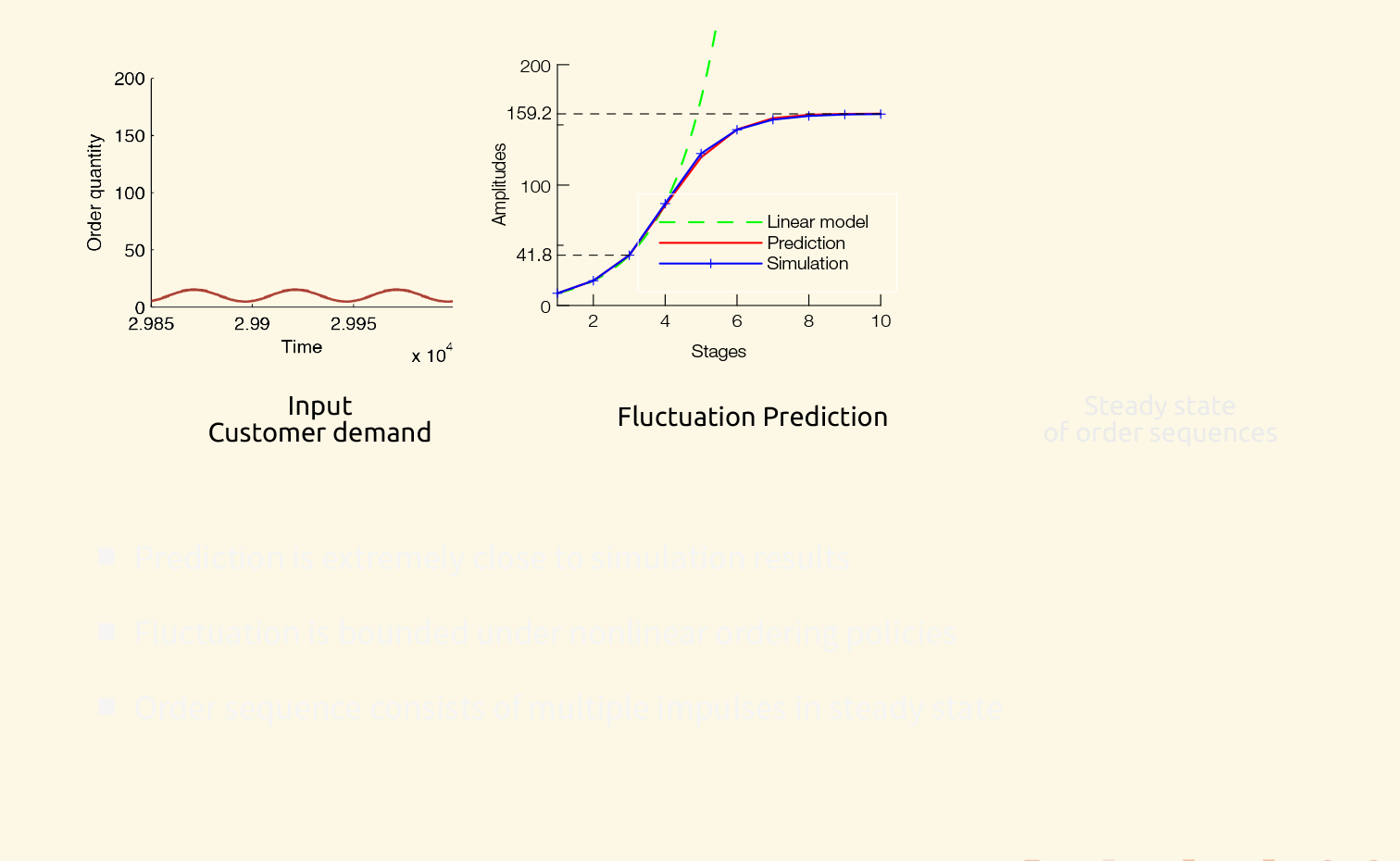
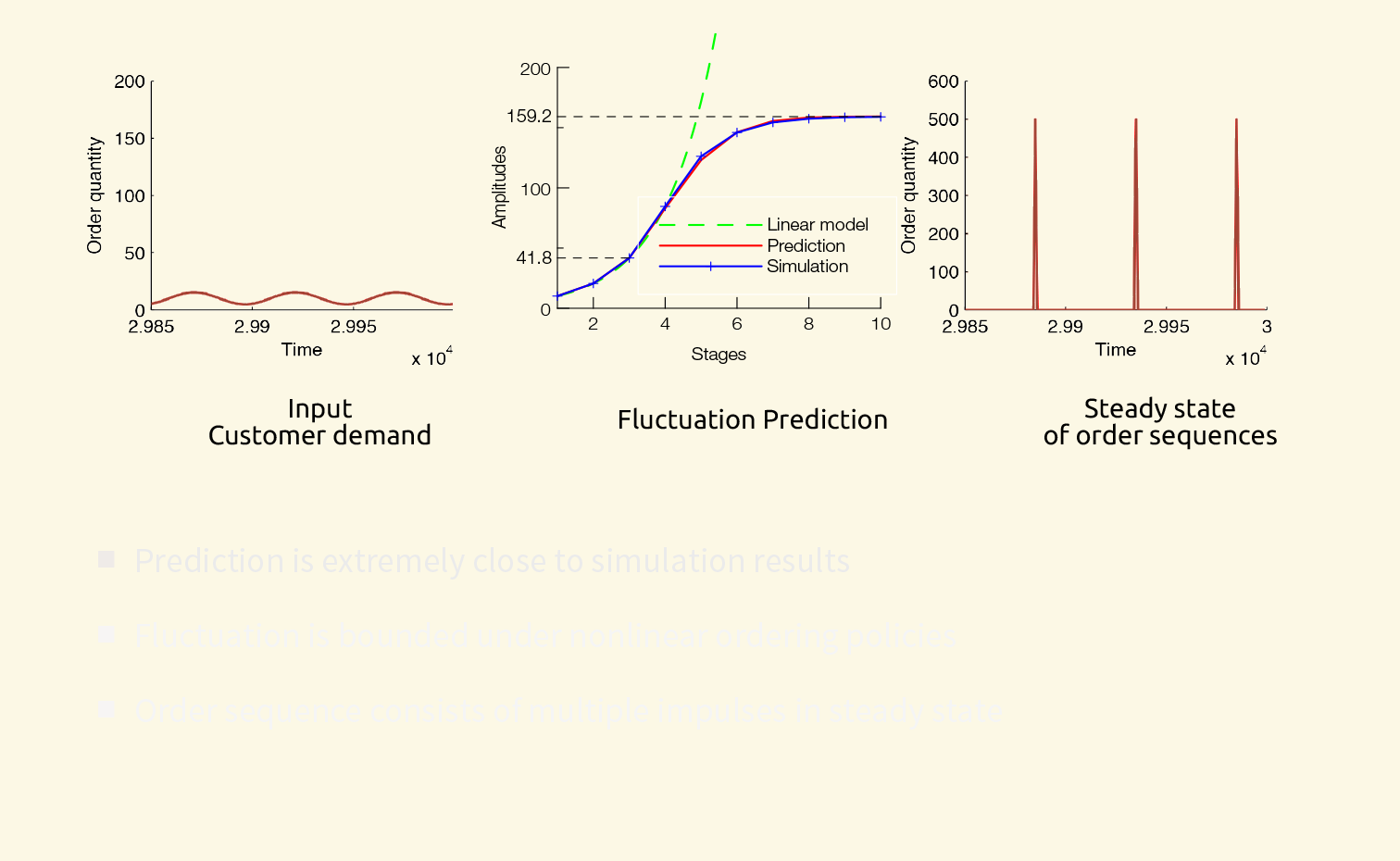
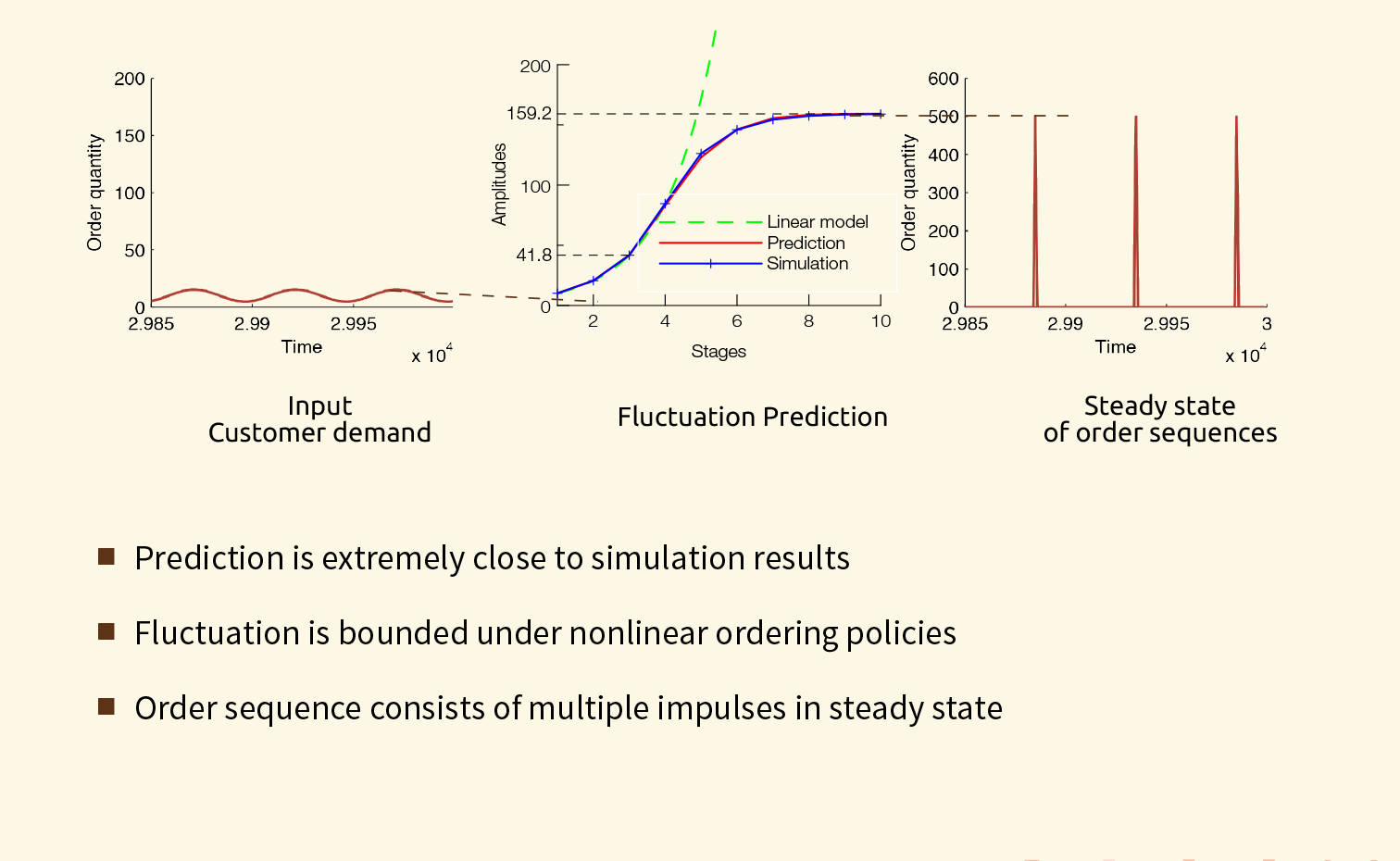
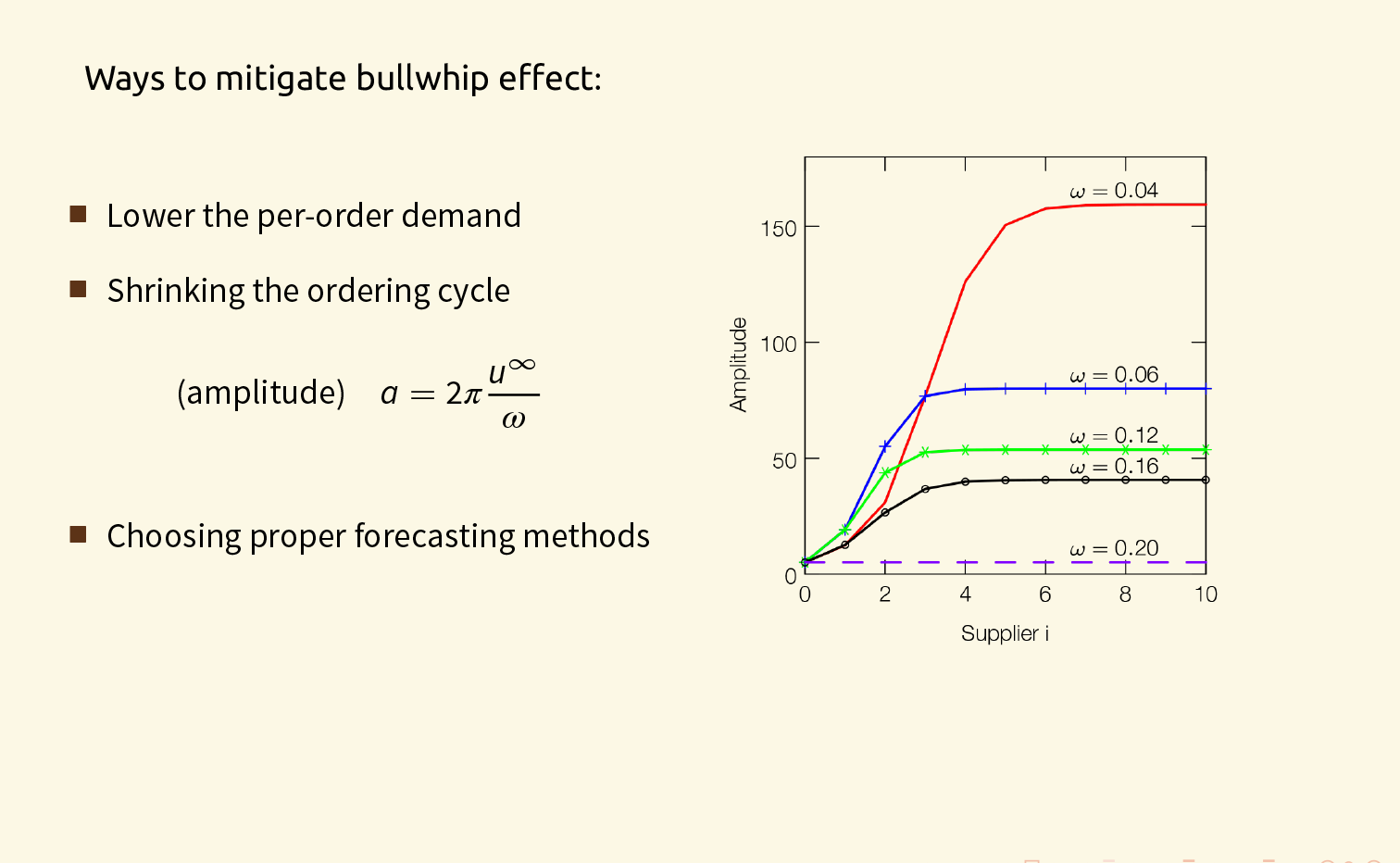
conclusion
- Analytical closed-form solutions are obtained to predict the bullwhip effect.
- Existence of steady state are proved.
- Numerical experiments verify the accuracy of proposed framework.
Future research:
- Extend the framework to multi-input multi-output systems.
- Generalize the system input into random processes.
- Validate the framework using empirical data.